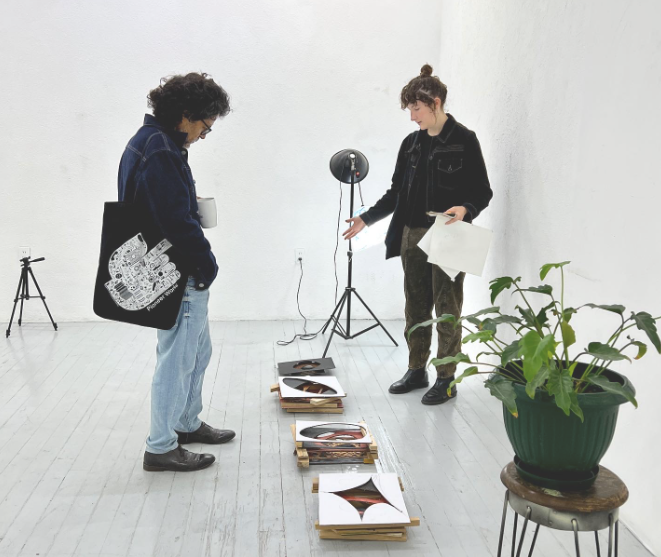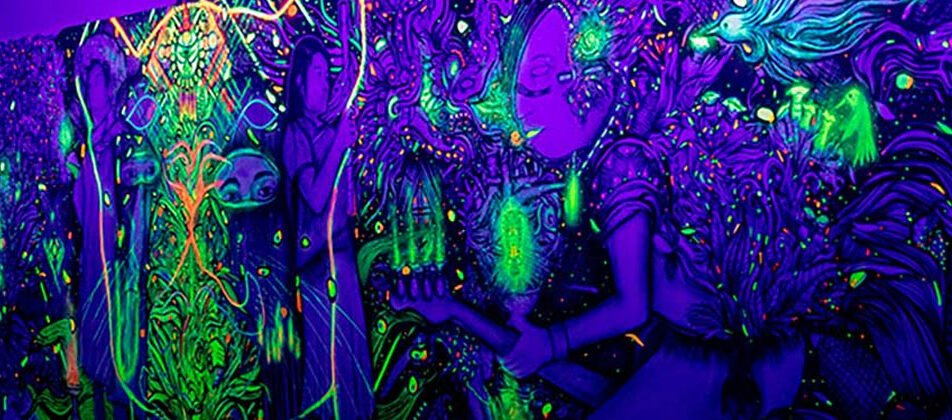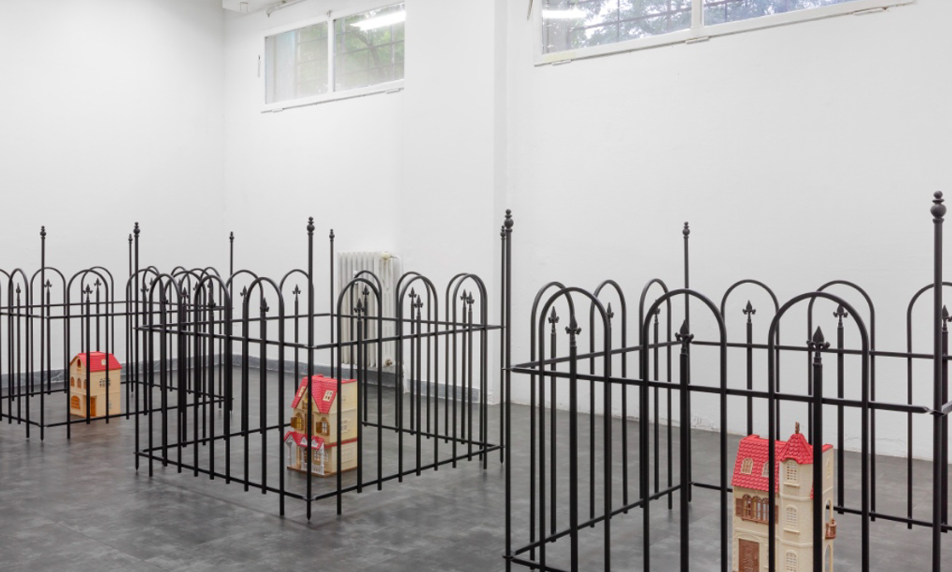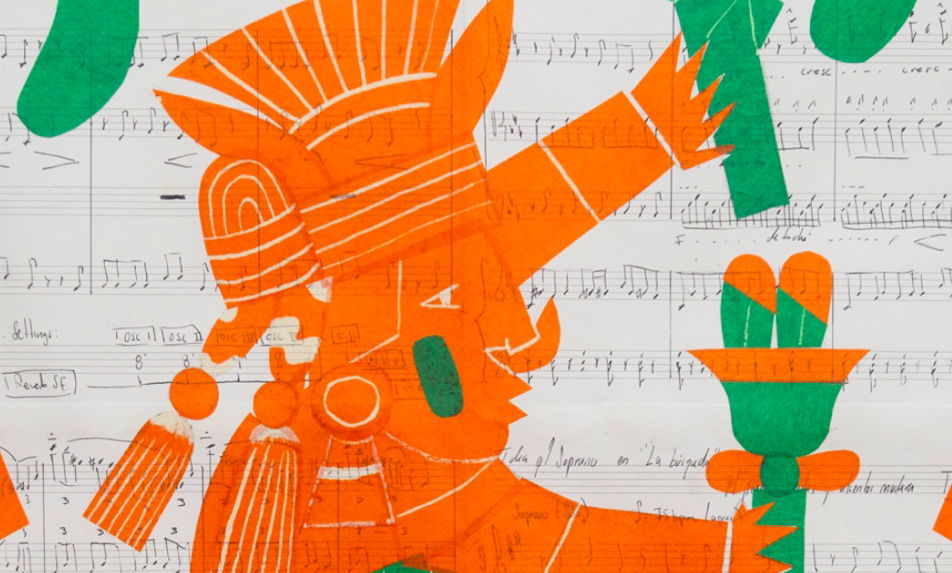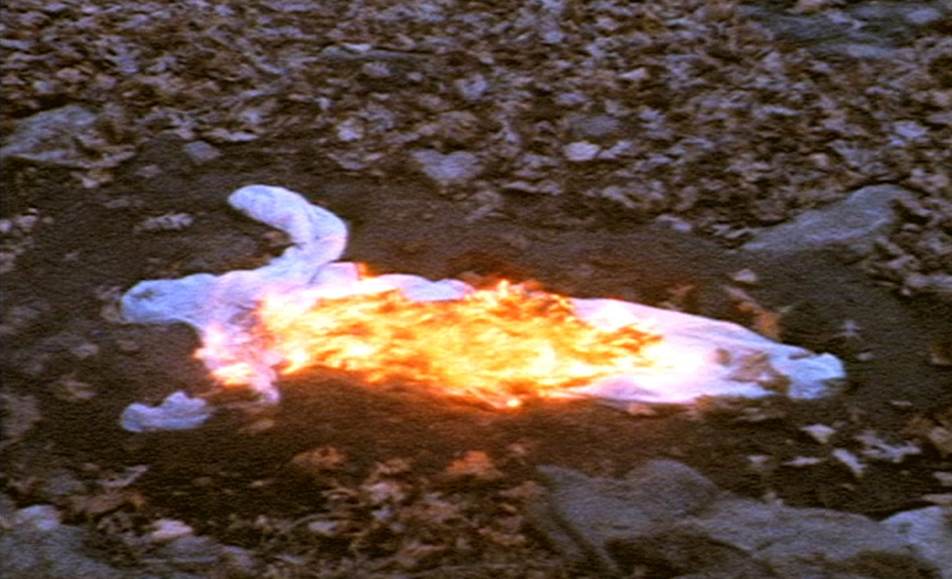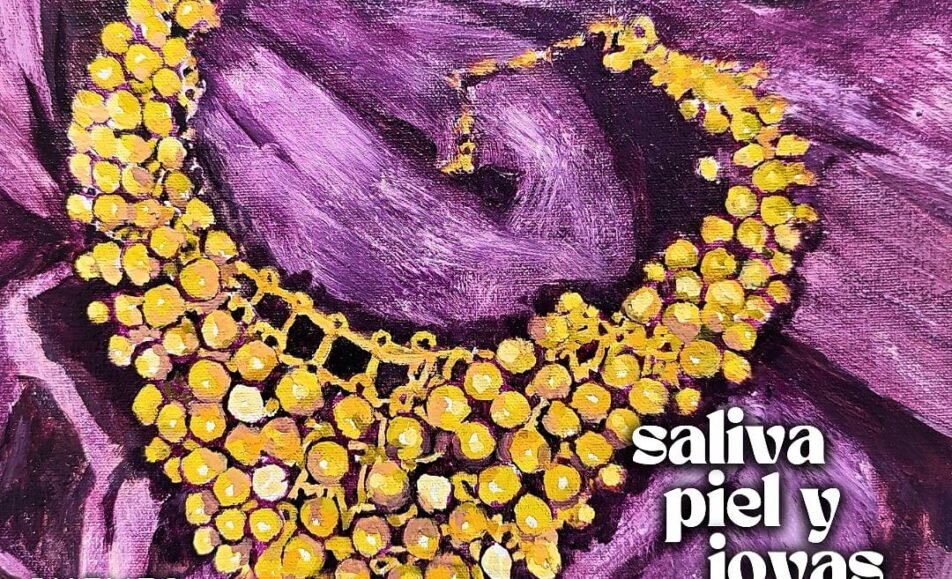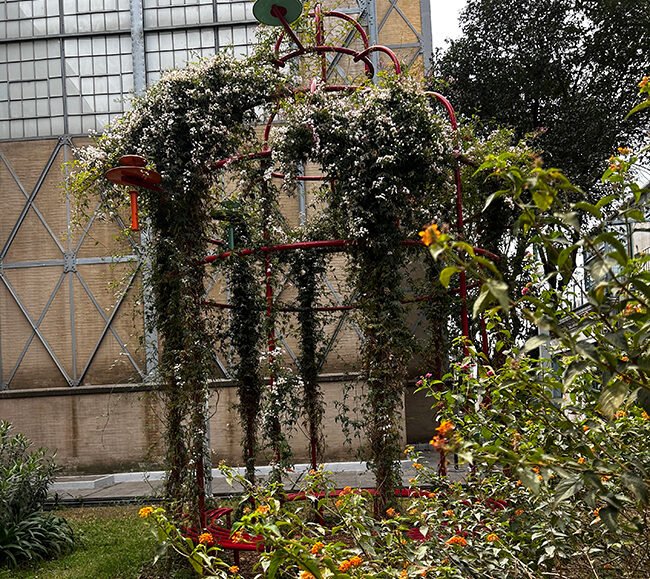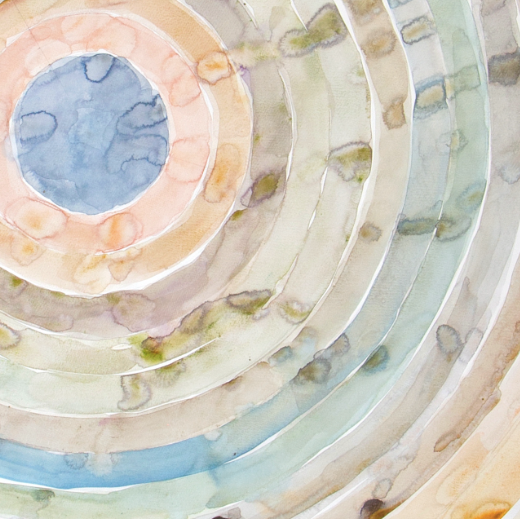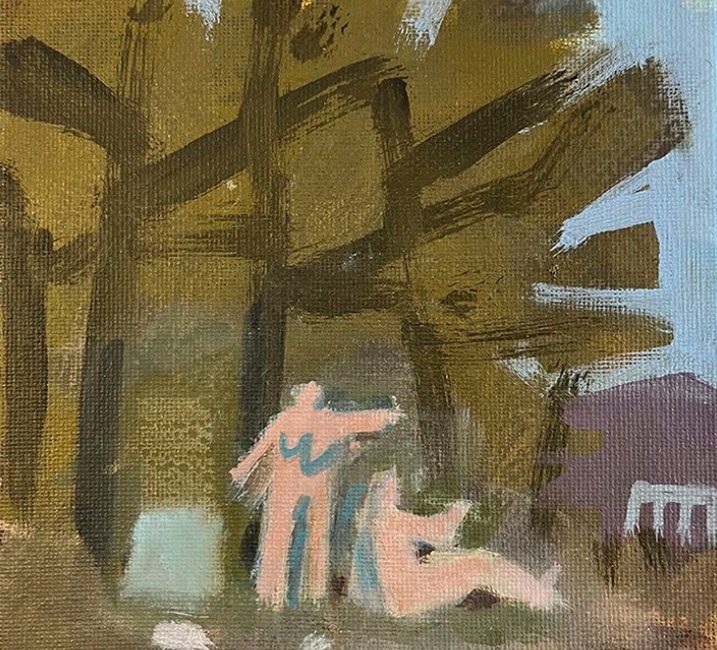
$260.00
September 15 to October 6 (Sundays), 1:00 PM to 4:00 PM, Eastern Time
**All sessions are live and will be recorded, students do not have to be present. All recordings will be available to students for 3 months after the final session, after 3 months the recording will be deleted.
Please check your email spam/junk folder for your Zoom invite.
Course Description
This online studio course will focus on effective ways of composing landscapes taking advantage of a variety of motifs and settings, from your own backyard to distant travel destinations. We will explore and practice a range of compositional strategies you can apply creatively to your own plein air painting or your work from reference photos or imagination. In addition to works by contemporary artists, we will examine works by artists from different historical periods, including some who focused on local settings, others who travelled widely,and some who created their own sense of place by working from memory and imagination. We will consider landscape paintings from both Western and Eastern traditions and the expressive roles of different materials and techniques. Our goal will be to help each participant get the most from their own chosen landscape sites and motifs.
Each weekly session will focus on different types of landscape themes and settings and involve the presentation and demonstration of specific concepts, compositional approaches, and techniques, along with instruction and feedback in applying these in your own work done during and between the sessions. You may work in any painting or drawing media.*
*(I am happy to provide lists of suggested materials for oil, acrylic, or watercolour/gouache media, as well as for drawing media if requested).
Examples from relevant artists, slideshows, videos, journal articles, bibliographic information, and other resources will be shared throughout the course.
Course Outline
Week 1 – Local Settings: From the Backyard to the Urban Landscape
How do artists capture a particular sense of place? We will explore site-specific strategies for composing landscape paintings using motifs and settings from houses and backyards to neighbourhood and urban settings, rural sites, and other locations. We will see how artists have creatively depicted domestic architecture through their handling of volumes in space and local and seasonal qualities of light. We will also consider visual ways in which nature becomes transformed in domestic environments.
Artists: Cezanne, Seurat, Bonnard, Giorgio Morandi, Chaim Soutine, Constant Permeke, Fausto Pirandello; Andrew Wyeth, Edward Hopper, Romare Beardon, Fairfield Porter, Lois Dodd, Wolf Kahn, Joash Woodrow, Tom Fairs, Leon Kossoff, Frank Auerbach, Hurvin Anderson. 1970s photorealist painters: Ed Ruscha, Ellsworth Kelly and photographers Robert Adams, Perla de Leon, Lee Friedlander, and others.
Practical lessons: Composing with planes in space, point of view, scale, perspective, movement, light, tone, and colour, geometry and pattern in domestic architecture, foliage, connections between painting and drawing strategies. Ideas and lessons from photographers.
Week 2 – Travel Abroad: The Grand Tour, Colonizing Landscapes, and Modern Tourist Destinations
How have artists represented iconic historical landmarks or regions, colonial locations, and “exotic” destinations? We will look at famous subjects and sites, topographical depictions, and the allure for artists of new and unfamiliar places. We will explore how images of cultural landmarks and geographical features can convey symbolic and social meanings, and consider the role of landscape imagery in colonization. The ongoing popularity of travel sketching and plein air painting will be seen against this background and also with regard to ideas about representing nature more generally.
Artists: Examples of 17 th -19 th century Italianate landscapes sketches: Thomas Jones, John Ruskin, Turner, and other 19 th century English watercolourists, Franz Kobell, the Macchiaioli, Rubens Santoro, Delacroix, Corot, Eugene Boudin, Canadian Group of Seven and associated painters: Frederic Church and the Hudson River School, Gauguin, Matisse, Albert Marquet, Jean Dubuffet, Raoul and Jean Dufy, Paul Klee, Oskar Kokoschka, John Singer Sargent, Georgia O’Keefe, Walter Sickert, David Bomberg, Dennis Creffield, John Hartman, Louis Kahn, and others.
Practical lessons: The veduta and the framing of architectural, landscape, and cityscape views, iconic, characteristic, and picturesque subjects, topographical versus pictorial concerns, colour/light relationships, incorporating local figures and motifs, plein air drawing and painting approaches.
Week 3 – Asian Landscape Painting: Historical Models, Famous Sites and Themes, Literary Interpretations, True View Painting Cross Cultural Influences
How do ideas about nature, time, movement, and specific places in Asian landscape painting differ from those in the West? How has landscape painting reflected Taoist, Confucian, and Buddhist philosophical and spiritual concepts? We will explore the important role of early Chinese works in anchoring landscape painting traditions and principles. We will also consider notions about originality and innovation; observation and imagination; the expressive qualities of ink and the use of structural brushwork in both painting and calligraphy; and the importance of early printed painting manuals in codifying and circulating knowledge about painting theories, subjects, and techniques. Japanese and Korean examples will be examined along with Chinese works in order to observe influences and similarities and to help understand important differences. We will also look at the impact of Western perspective and landscape painting on Asian painting, including the recent assimilation of Western plein air practices. Orientalism and the influence of Asian landscape painting on Western artists will also be investigated.
Artists: examples from Chinese painters from the Song Dynasty to the present including Fan Kuan, Shen Zhou, Dong Quichang, Shitao, Huang Binhong, Chang Dia-chien, Fu Baoshi, Li Keran, C. C. Wang, Fang Zhaolin, Li Huasheng, Zao Wou-Ki, and others. Korean true view painters such as Jeong Seon (Chong Son), Japanese painters including Sesshu Toyo, Kano School, Hasegawa Tohaku, Edo Period painters Yosa Buson: Ike no Taiga, Uragami Gyokudo, and Tani Buncho, Giuseppe Castiglione, Van Gogh, Monet, Henri Michaux, Mark Tobey, Morris Graves, Brice Marden, and others.
Practical lessons: Six Principles of Chinese painting by Hseih Ho (ca. 550 CE); brushwork, energy, rhythm, tone, texture, scale, space; control/looseness, observation/imagination, tradition/innovation, relationships between painting and calligraphy, splashed ink and other “accidental” painting techniques, sacred mountains and scholars’ rocks, water, pavilions, foliage and figures, cartographic landscapes, Asian formats, including scrolls, albums, woodblock prints, and stone stele engravings.
Week 4 – Imaginary Landscapes: Inspirations and Syntheses
How do artists create personal landscape “worlds” from imagination, memory, or other sources? We will explore strategies for inventing poetic landscapes inspired not only by actual outdoor locations but also by art historical examples, archival photographs, travel memories, dreams, geology, and experimentation with materials and techniques. We will also investigate abstraction in landscape painting and ways in which visual elements can be expressively manipulated to create a sense of outdoor light land space.
Artists: Henri Rousseau, Giorgio De Chirico, Max Ernst, and other Surrealists, George Inness, Albert Ryder, Ralph Blakelock and other American Tonalists and Romantics, Samuel Palmer, Alfred Wallis, Ivon Hitchens, Peter Lanyon, Howard Hodgkin, Albert York, James Castle, Per Kirkeby, John Walker, Lucinda Parker, Gergory Amenoff, Elizabeth Cummings, Idris Murphy, and others.
Practical lessons: Frottage, decalcomania, and other and experimental painting strategies, space, colour, and light in abstract painting; nocturnal subjects, psychological and spiritual dimensions, personal vision.

